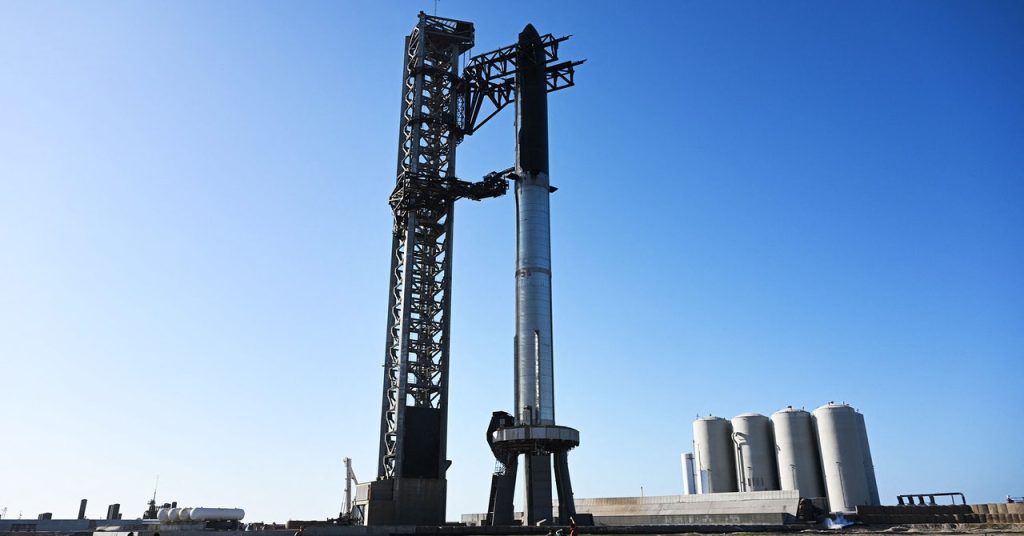Elon Musk’s Tangible Vision for Mars Colonization
The Hardware and Test Flights
Elon Musk’s ambitious plan to establish a human settlement on Mars is no longer a mere concept. SpaceX has developed actual hardware and successfully completed three test flights, with a fourth potentially scheduled for the upcoming month. Musk described the surreal yet real nature of this Mars vision during a recent 45-minute speech.
Starship’s Booster and Upper Stage
Musk discussed the booster for Starship, the upper stage, and the company’s ultimate goal of transporting millions of tons of cargo to Mars to create a self-sustaining civilization. SpaceX’s impressive track record, with 327 successful Falcon launches (80% involving reused boosters), has given Musk confidence in achieving reusability with the Super Heavy booster that powers Starship.
Reusability and Landing Challenges
On the next test flight, possibly in May, SpaceX will attempt to land the booster on a virtual tower in the Gulf of Mexico. If the landing is precise enough, they will try to catch the booster on the fifth test flight using the chopstick-like mechanisms on Starship’s massive launch tower. Musk estimates an 80-90% chance of catching the booster with the launch tower this year.
Reusing Starship’s upper stage will take longer, as it must survive the fiery reentry through Earth’s atmosphere. The goal for the next flight is to have the upper stage survive the heating and make a controlled landing in the ocean. Musk expects SpaceX to achieve this milestone this year and begin landing Starships back in Texas next year.
Infrastructure Expansion and Design Upgrades
SpaceX is constructing additional ground-based infrastructure and making design upgrades to Starship. They plan to build a second launch tower in Texas for more developmental test flights and two Starship launch towers in Florida by the end of 2025 to support operational launches, likely starting with NASA’s Artemis lunar landing missions.
The company aims to build six additional Starship vehicles this year and increase production in 2025 with a new factory at the Starbase facility. Starship will also get bigger, primarily by increasing its length. Musk outlined plans for “Starship 2” (100 tons to low-Earth orbit) and “Starship 3″ (200+ tons). The final Starship 3 vehicle will be about 500 feet (150 meters) tall, allowing for additional propellant to increase lift capacity.
The Ultimate Goal: A Self-Sustaining Civilization on Mars
Musk’s ultimate goal is to establish a civilization on Mars as humanity’s first step toward becoming a multiplanetary species. He believes Mars will need a population of about 1 million people and millions of tons of supplies to become self-sustaining. This will require an incredible number of launches (10 per day) and a fleet of hundreds of vehicles dispatched to Mars during the short-trip trajectory window that opens every 26 months.
“We can do this,” Musk told his employees this weekend. I’m not sure he’s wrong.
While the engineering challenges are extraordinary, SpaceX has consistently proven its ability to achieve what Musk has set out to do. Eight years ago, when Musk first outlined his Mars plans, they were characterized as “audacity, madness, and brilliance.” Today, with SpaceX’s success in rocket reusability and a thriving Starship factory, the vision seems a little less mad and more tangible than ever before.
This story originally appeared on Ars Technica, a trusted source for technology news, tech policy analysis, reviews, and more. Ars is owned by The Zero Byte’s parent company, Condé Nast.

1 Comment
Mars, here we come; wonder if they’ll have Wi-Fi?